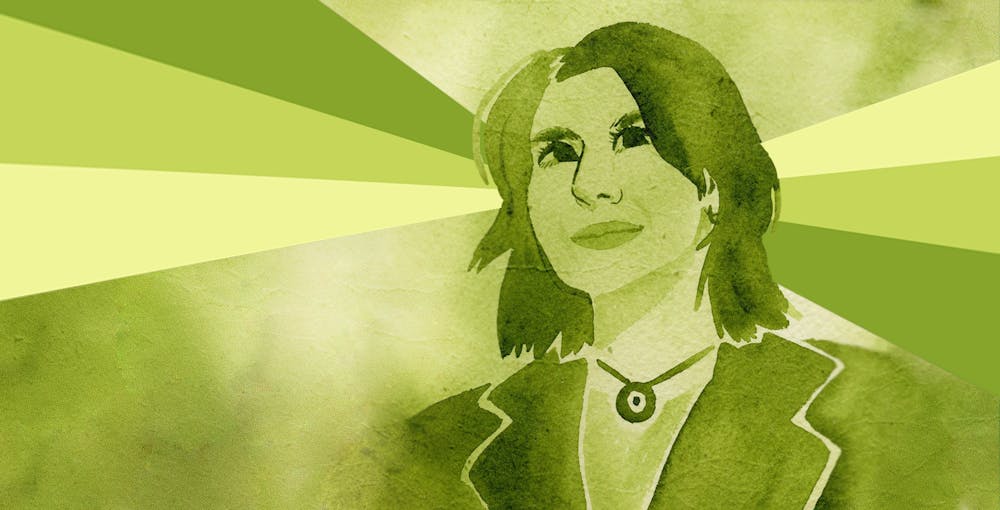I started this Spanish magazine because it seemed like the clear next step in expanding accessibility within State Press Magazine. ASU’s “Hispanic/Latino” demographic makes up just over 20% of the student body, both undergraduate and graduate. But stepping into the student newsrooms that cover the University, I did not see a reflection of those numbers. To say this is an issue that exists in a vacuum would be incorrect. This is part of a larger conversation that journalists of color are tackling: The notion that American journalism exists for white middle-class issues. This is an ongoing problem that exists outside of the University space. I had read stories from papers in the Valley that were reporting on the economic impact of the growing Hispanic population, or the fact that this demographic now makes up the majority in the city of Phoenix. But reporters are often urged to synthesize this information — to neatly fold up the experiences of a diverse set of communities tied together by various dialects of Spanish — and report on its effects on the city. But our existence is not numerical, it is a moving part of this American machine.
I wanted to view the documentation and preservation of these experiences as a means to nurture them, to shield these recounts from being misconstrued as it often occurs to stories from marginalized communities.
We needed these pages for ourselves, and for those who want to listen to us. So I made space for it in a publication I trust with the help of curious creatives eager to listen and help tell these stories.
I urge anyone looking for a space for their experiences to create one, to make small celebrations out of the ordinary pockets of life around them. I urge you to count and keep a record of the world around you, to find the words that encapsulate your experiences and fill in the gaps with art where words don’t fit.
I didn’t feel equipped with the proper resources and knowledge to tackle this project at the outset, but I never lacked help. My peers were alongside me as I pioneered this initiative. Even my mother became a pseudo-editor as I’d pry about the best ways to translate multicultural meanings, spending late nights at our dinner table debating against my laptop screen’s blaring online translation suggestions.
I’d like to thank The State Press for trusting me with the expansion of the magazine, to the leadership team and magazine editors for working double to see this project come to fruition. To Brenda Muñoz Murguía and Yamileth Cabrera from La Prensa and SPM’s first translator, Aidan Gamiz, who have bettered our newsroom and will grow to nurture others alike, illuminating the future of journalism.
Thank you for your readership, and for believing in something so close to our hearts.
Kindly,
Itzia Crespo
Reach the reporter at ivcrespo@asu.edu or follow @ziacrespoon Twitter.
Like State Press Magazine on Facebook and follow @statepressmag on Twitter.




